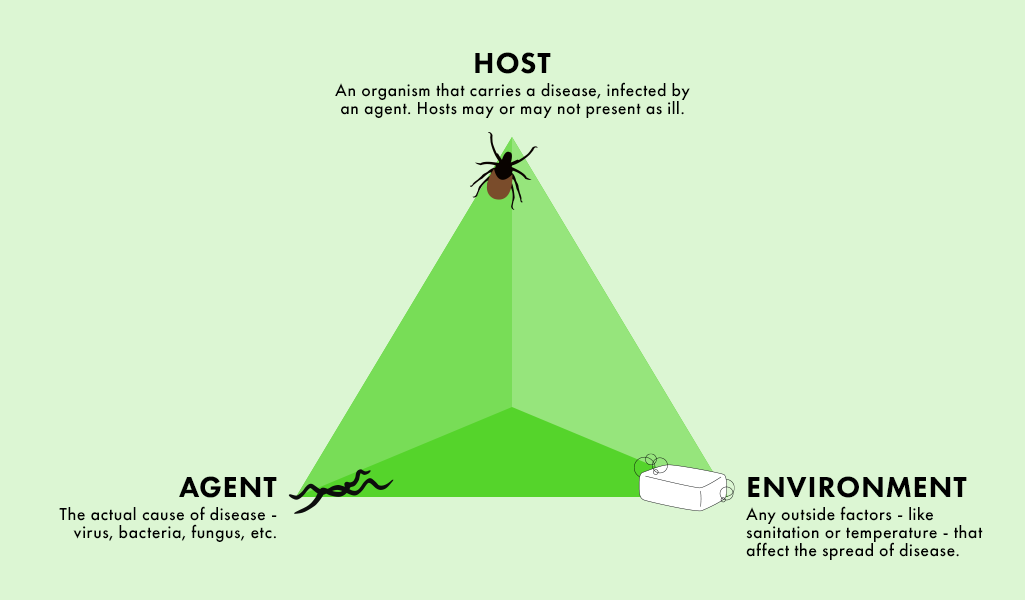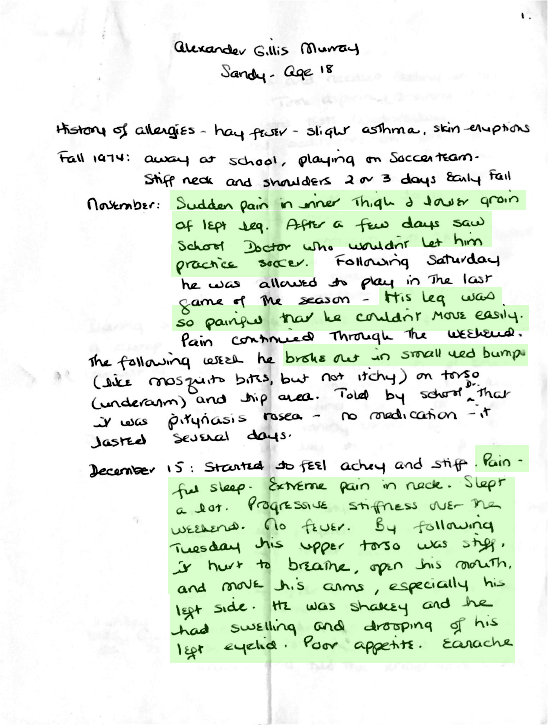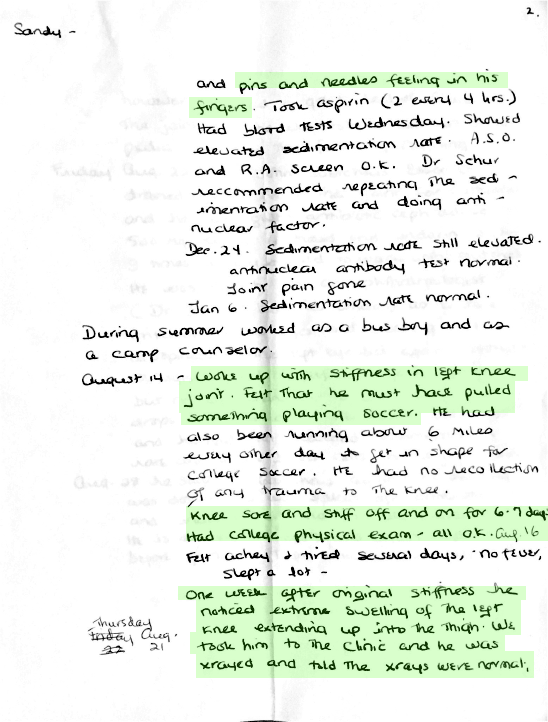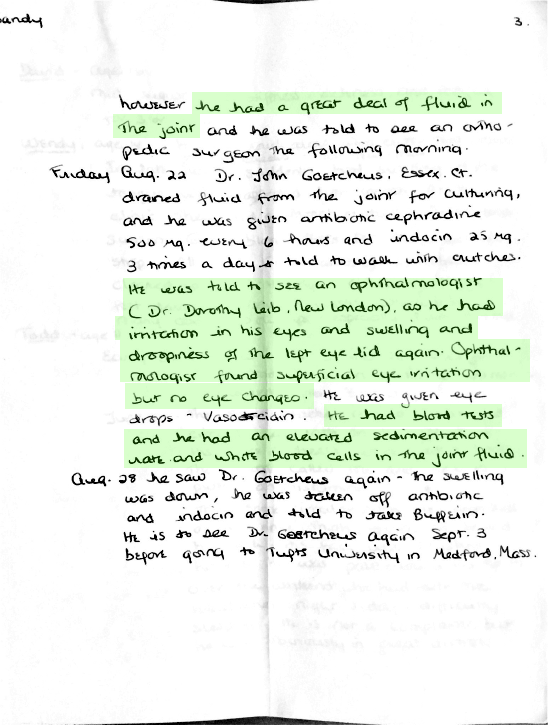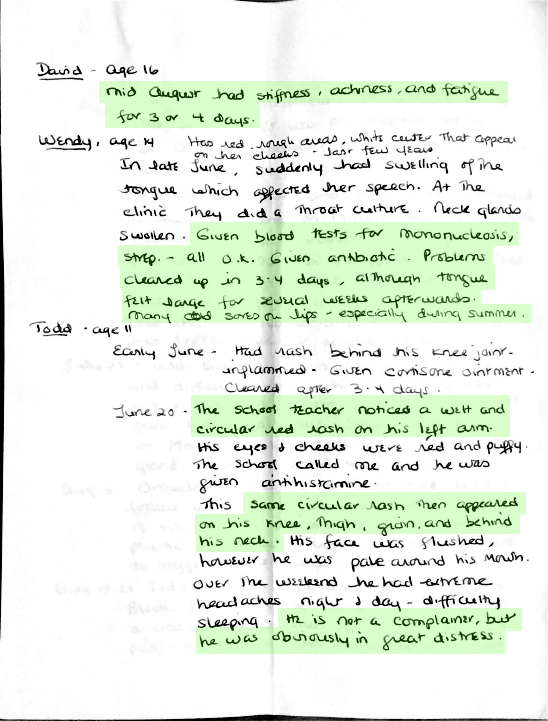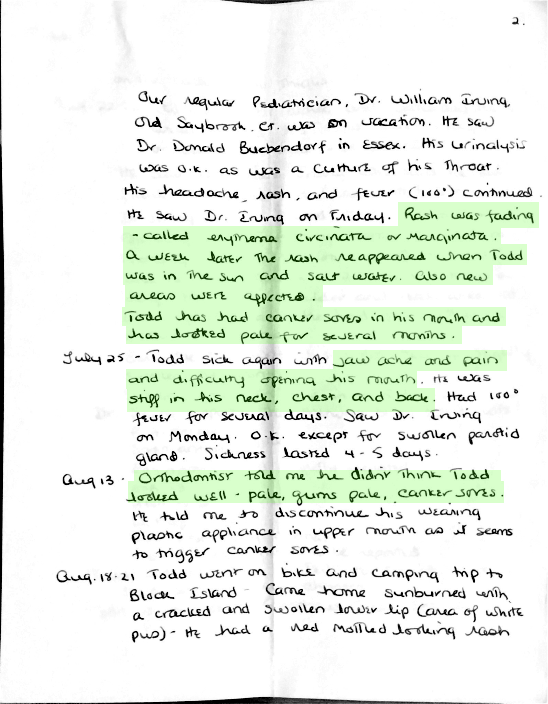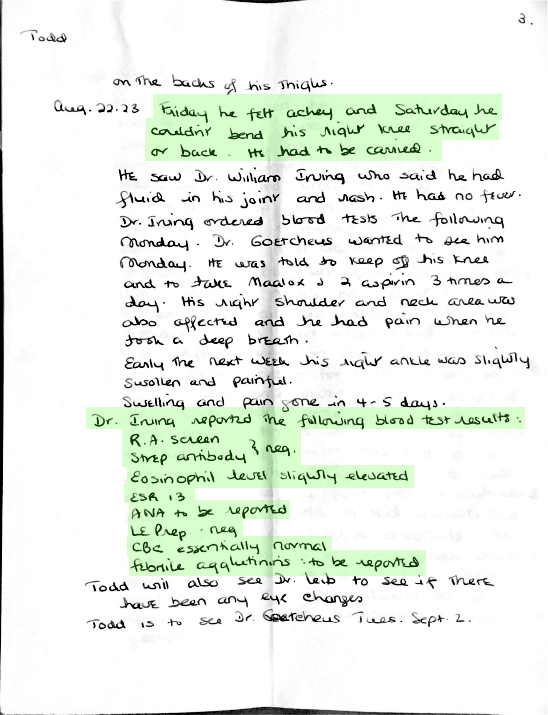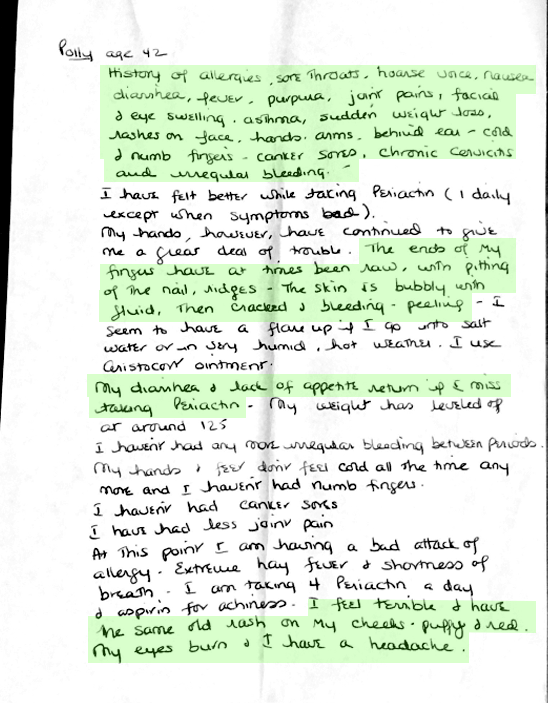Click here for a full transcript
For people lucky enough to grow up healthy, the procedures of Western medicine can be oddly reassuring. Lab coats, clipboards, and the roll of crinkly paper on the exam room table are all part of a system that seems tidy and well understood. But that, to some extent, is an illusion.
There are lots of diseases that leave us with more questions than answers. But when it comes to Lyme disease, the illusion seems especially thin, as though the guts of the system are exposed. It’s a place we’re calling Lymeworld.
Patient Zero, the name of the podcast, is a misnomer. It’s a term lifted from a CDC document during the AIDS crisis and its use became a complicated, homophobic mess.
The real phrase, used by scientists when identifying the first documented patient in an epidemiological investigation, is “index case,” but “patient zero” has become the pop culture equivalent.
The patient zero of Lymeworld was a woman from Connecticut who, in her own fashion, was the index case that started it all: Polly Murray.
To understand Polly’s story, though, it’s important to learn a little about epidemiology. Epidemiology is a study of patterns and pathogens: how does disease move through society? Who gets infected? And how do you stop an epidemic?
Epidemiologists are first and foremost investigators, like a medical Sherlock Holmes. But one of the big things that differentiates epidemiology from detective work is the scale.
If identifying a disease is akin to catching a criminal, then epidemiologists are studying crime as a whole because an outbreak can bring a city to its knees.
You may think about disease like a patient: you get sick, are tested, diagnosed, and treated. That’s what so many of us experience in the doctor’s office. But the way disease spreads, the way it moves through and between networks of human beings, touches literally every aspect of our shared lives.
And that’s where epidemiologists exist. They’re not simply investigating pathogens - they’re investigating the connections between pathogens and people.
(Sara Plourde, NHPR)
A very basic tool that scientists use for this purpose is the epidemiological triangle. One point is the agent - the disease. The second post is the host - that’s us. The third is the environment - everything from our proximity to animals and what we eat to whose hands we shake and the design of our city. It’s this point that makes everything more complicated.
Lyme, CT (Taylor Quimby, NHPR)
In the 1960s and 1970s, Polly Murray was raising her family in Lyme, Connecticut. She was an artist, capturing her children and the landscape in paintings and drawings. She was also capturing her family’s health, in detailed notes on her calendar.
Tracking her own symptoms, Polly became convinced that her various symptoms were connected.
Over several years, she saw a grab-bag of experts, who examined her for lupus, psoriasis, rheumatoid arthritis, thyroid problems, and hypoglycemia.
Some doctors were supportive, some were dismissive, but nobody had any answers. At least one doctor told her her symptoms were psychosomatic and she needed a psychotherapist. When Polly saw one, she was told that she was depressed… because she had a chronic illness that no one could identify.
But then, in the mid-1970s, there was a new development: other members of her family started to develop symptoms. Four out of six members of her family now had a similar, mysterious disease.
Above: Some of Polly Murray’s notes on her family’s symptoms and treatments
It was Polly’s son Todd who finally got what had eluded her: a diagnosis. Juvenile Rheumatoid Arthritis (JRA). Several other kids in town got the same diagnosis, too.
JRA affects about 1 in 10,000 children. Two cases in Lyme would have been unusual; Polly was seeing three or four cases on the same street.
Polly knew something was happening. But solving the mystery would take more than six years. How they figured it out, in episode 2.
FURTHER READING
What Is Epidemiology?, Centers for Disease Control and Prevention
“In Philadelphia 30 Years Ago, an Eruption of Illness and Fear,” Lawrence Altman, New York Times
“Legionnaires’ disease, once ‘the greatest epidemiological puzzle of the century,’ kills seven in N.Y.,” Sarah Kaplan, Washington Post
Bull’s Eye: Unraveling the Medical Mystery of Lyme Disease, Jonathan A. Edlow
BONUS
Taylor takes a drive to the former Murray residence in Lyme, CT


